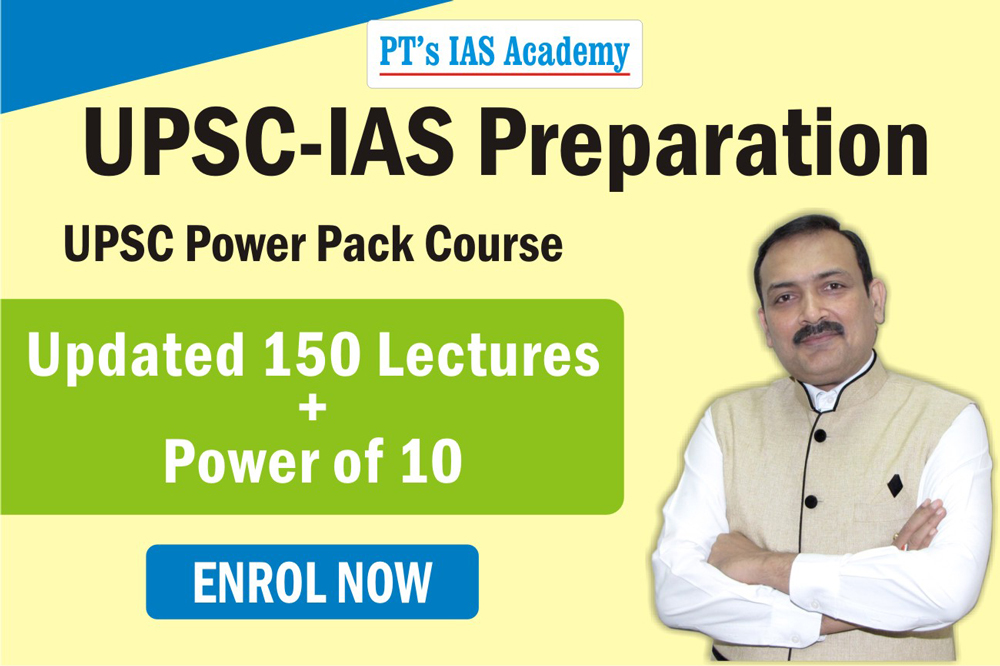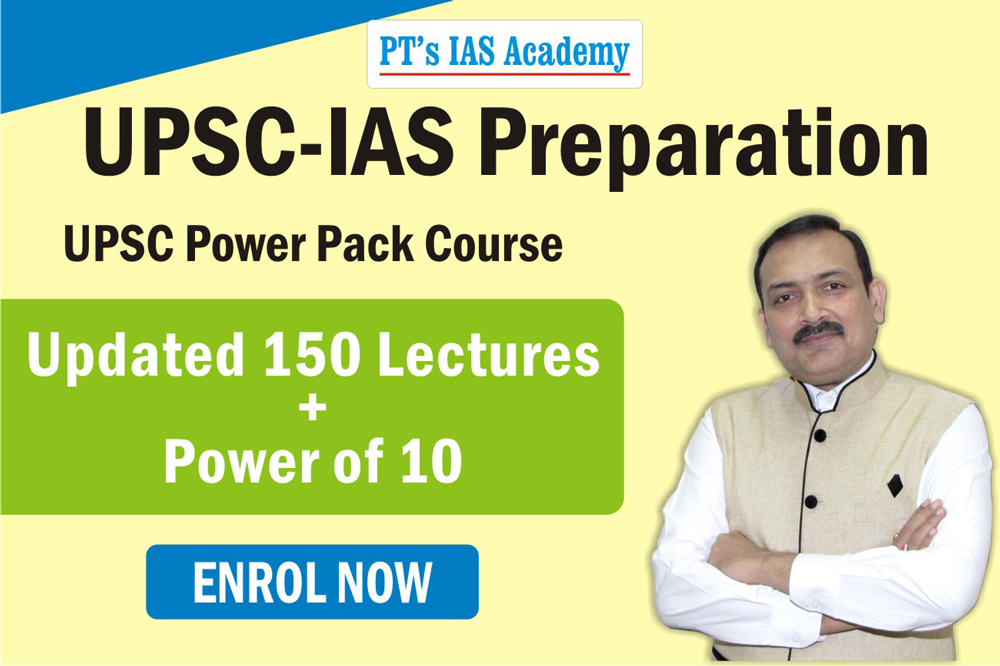Excellent study material for all civil services aspirants - begin learning - Kar ke dikhayenge!
The Maratha quota verdict by Supreme Court, May 2021
Read more on - Polity | Economy | Schemes | S&T | Environment
- The story: A five-judge Constitution Bench of the Supreme Court finally struck down the Maharashtra law granting reservation to the Maratha community in admissions and government jobs in the state. The court had framed six questions of law on the issue; it unanimously agreed on three of those issues, while the verdict was split 3:2 on the other three.
- Details:
- Issue 1: On revisiting the Indra Sawhney ruling - A key issue was to examine whether the 1992 landmark ruling in 'Indra Sawhney v Union of India' had to be revisited. The ruling by a nine-judge Bench, in which the Mandal Commission report was upheld, laid down two important precedents. First, it said that the criteria for a group to qualify for reservation is “social and educational backwardness”. Second, it reiterated the 50% limit to vertical quotas reasoning that it was needed to ensure “efficiency” in administration. However, the court said that this 50% limit will apply unless in “exceptional circumstances.” The Maratha quota exceeded the 50% ceiling. The arguments by state governments before the court was that the Indra Sawhney verdict must be referred to a 11-judge Bench for reconsideration since it laid down an arbitrary ceiling which the Constitution does not envisage. Additionally, in some judgements subsequent to Indra Sawhney, the Supreme Court itself had made exceptions to this rule. In a unanimous opinion the court held that there is no need to revisit the case. The court said that the 50% ceiling, although an arbitrary determination by the court in 1992, is now constitutionally recognised.
- Issues 2&3: On whether the Maratha law can be saved under the exception - Since the 50% ceiling is held valid, the court looked into whether the Maratha quota law falls under the exceptional circumstances contemplated by Constitution Bench in Indra Sawhney’s case. The court also looked into the Maharashtra State Backward Commission report that the Maharashtra government had relied on to see if a case can be made out for exceptional circumstances. The state government’s argument was that since the population of backward class is 85% and reservation limit is only 50%, an increase in reservation limit would qualify as an extraordinary circumstance. All five judges disagreed with this argument. “The Marathas are dominant forward class and are in the main stream of National life. The above situation is not an extra-ordinary,” Justice Ashok Bhushan and Justice Abdul Nazeer held. Their view was accepted by the remaining three judges — Justice Nageswara Rao, Justice Hemant Gupta and Justice Ravindra Bhat.
- Issues 4, 5 & 6: On state’s power to identify SEBCs, and 102nd Amendment - The Constitution (One Hundred and Second Amendment) Act, 2018 gives constitutional status to the National Backward Classes Commission. The Amendment also gives the President powers to notify backward classes. Several states raised questions on the interpretation of the Amendment and argued that it curtails their powers. The Bench unanimously upheld the constitutional validity of the 102nd Amendment but differed on the question whether it affected the power of states to identify socially and economically backward classes (SEBCs). The Attorney General K K Venugopal, appearing for the central government, clarified that this was not the intention of the law. He argued “that it is inconceivable that no State shall have power to identify backward class”, and explained that the state government will have their separate list of SEBCs for providing reservation in state government jobs and education, whereas Parliament will only make the central list of SEBCs which would apply for central government jobs. But the Supreme Court held that “the final say in regard to inclusion or exclusion (or modification of lists) of SEBCs is firstly with the President, and thereafter, in case of modification or exclusion from the lists initially published, with the Parliament”. “In the task of identification of SEBCs, the President shall be guided by the Commission set up under Article 338B; its advice shall also be sought by the state in regard to policies that might be framed by it. If the commission prepares a report concerning matters of identification, such a report has to be shared with the state government, which is bound to deal with it, in accordance with provisions of Article 338B. However, the final determination culminates in the exercise undertaken by the President,” Justice Bhat held. This interpretative reading was preferred by Justice Bhat in his separate opinion, which was concurred by Justice Rao and Justice Gupta. Justice Bhushan and Justice Nazeer, however, preferred a textual reading of the Amendment and said it does not take away the state’s powers to identify SEBCs. The majority opinion on this aspect by Justice Bhat also said that while the identification of SEBCs will be done centrally, state governments retain power to determine the extent of reservation and make specific policy in the spirit of “cooperative federalism”. This raises a question: How does this impact interventions by other states to provide reservations for other communities, for example Jats in Haryana and Kapus in Andhra? The majority opinion by Justice Bhat essentially says that now the National Backward Classes Commission must publish a fresh list of SEBCs, both for states and the central list. This will be hugely troublesome, and quite degrading for the powers of the states.
- Summary: The Commission set up under Article 338B shall conclude its task expeditiously, and make its recommendations after considering which, the President shall expeditiously publish the notification containing the list of SEBCs in relation to states and union territories, for the purpose of the Constitution. Till the publication of the notification mentioned in direction (vi), the existing lists operating in all states and union territories, and for the purposes of the Central Government and central institutions, continue to operate. This direction is issued under Article 142 of the Constitution of India.
* Content sourced from free internet sources (publications, PIB site, international sites, etc.). Take your
own subscriptions. Copyrights acknowledged.
















COMMENTS